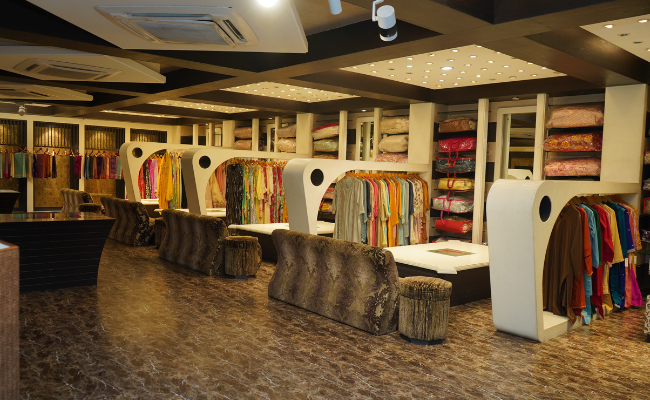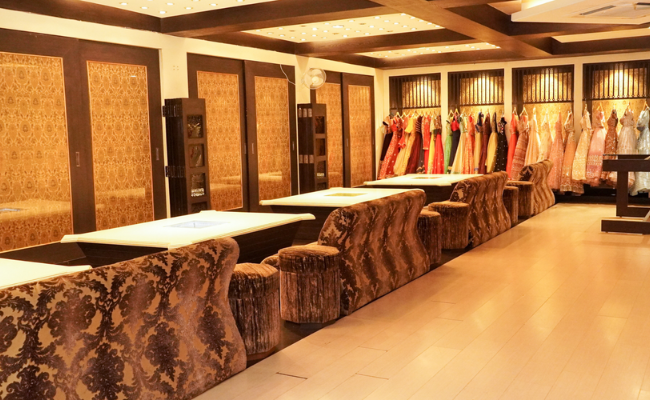
The Evolution of Suit: From Traditional to Contemporary
The suit, a cornerstone of sartorial elegance, has undergone a remarkable transformation over the decades. From its traditional roots to its contemporary interpretations, the evolution of the suit mirrors the dynamic shifts in fashion, culture, and individual expression.
Traditional Roots
Historically, the suit emerged as formal wear for aristocrats in the 17th and 18th centuries, primarily in Europe. These early versions were elaborate, featuring waistcoats, frock coats, and cravats. By the 19th century, the modern lounge suit took shape—a simplified, more practical version suitable for business and social settings. Classic tailoring, structured shoulders, and neutral colors became hallmarks of the traditional suit.
Mid-Century Modernization
The mid-20th century saw significant changes as the suit adapted to a rapidly modernizing world. Fabrics became lighter, cuts more relaxed, and colors slightly more adventurous. Iconic figures like Cary Grant and James Bond popularized the suave, slim-fit look that balanced sophistication with approachability. Suits became less about formality and more about personal style.
Cultural Influences and Diversification
As the world grew more interconnected, cultural influences began to reshape the suit. In India, the classic kurta-pajama evolved into the Nehru suit and bandhgala, blending traditional aesthetics with western tailoring. Similarly, global fashion houses began experimenting with patterns, fabrics, and unconventional designs, redefining what a suit could be.
The Contemporary Suit
Today's suits are as diverse as the people who wear them. Contemporary styles feature bold prints, asymmetrical cuts, and innovative textiles. Gender-neutral and sustainable suiting options are gaining momentum, reflecting a shift towards inclusivity and conscious fashion. Designers are breaking the mold, encouraging wearers to express their individuality through unique silhouettes and styling.
Suiting Up in the Modern Era
No longer confined to boardrooms or formal events, the modern suit is versatile. It appears in street style, high fashion runways, weddings, and even casual gatherings. The power suit has become a symbol of confidence and empowerment for all genders.
In essence, the evolution of the suit is a testament to fashion's ability to adapt and redefine itself. Whether you prefer a classic cut or a contemporary twist, suiting up remains a powerful expression of style, personality, and culture.




Leave a comment
This site is protected by hCaptcha and the hCaptcha Privacy Policy and Terms of Service apply.